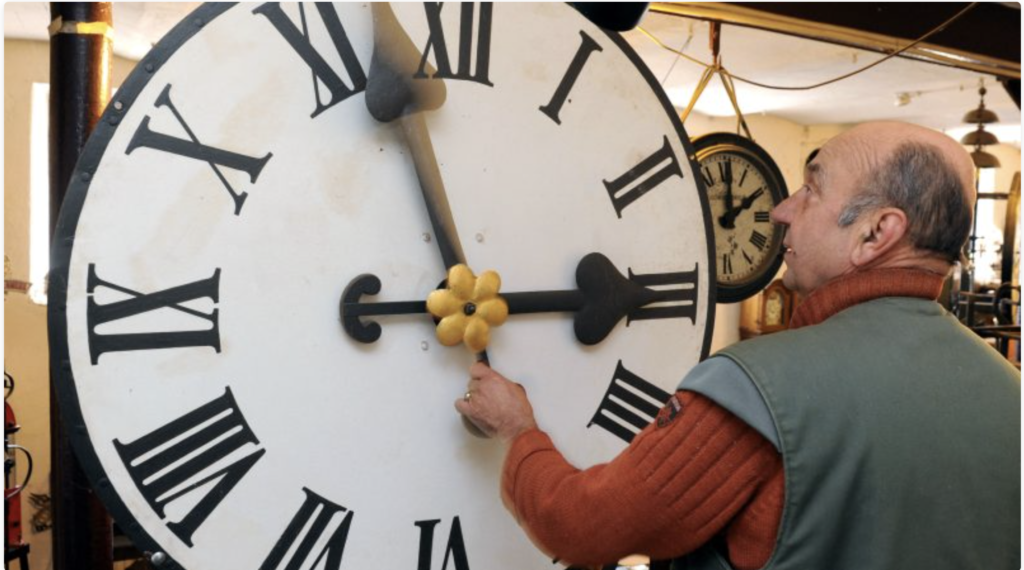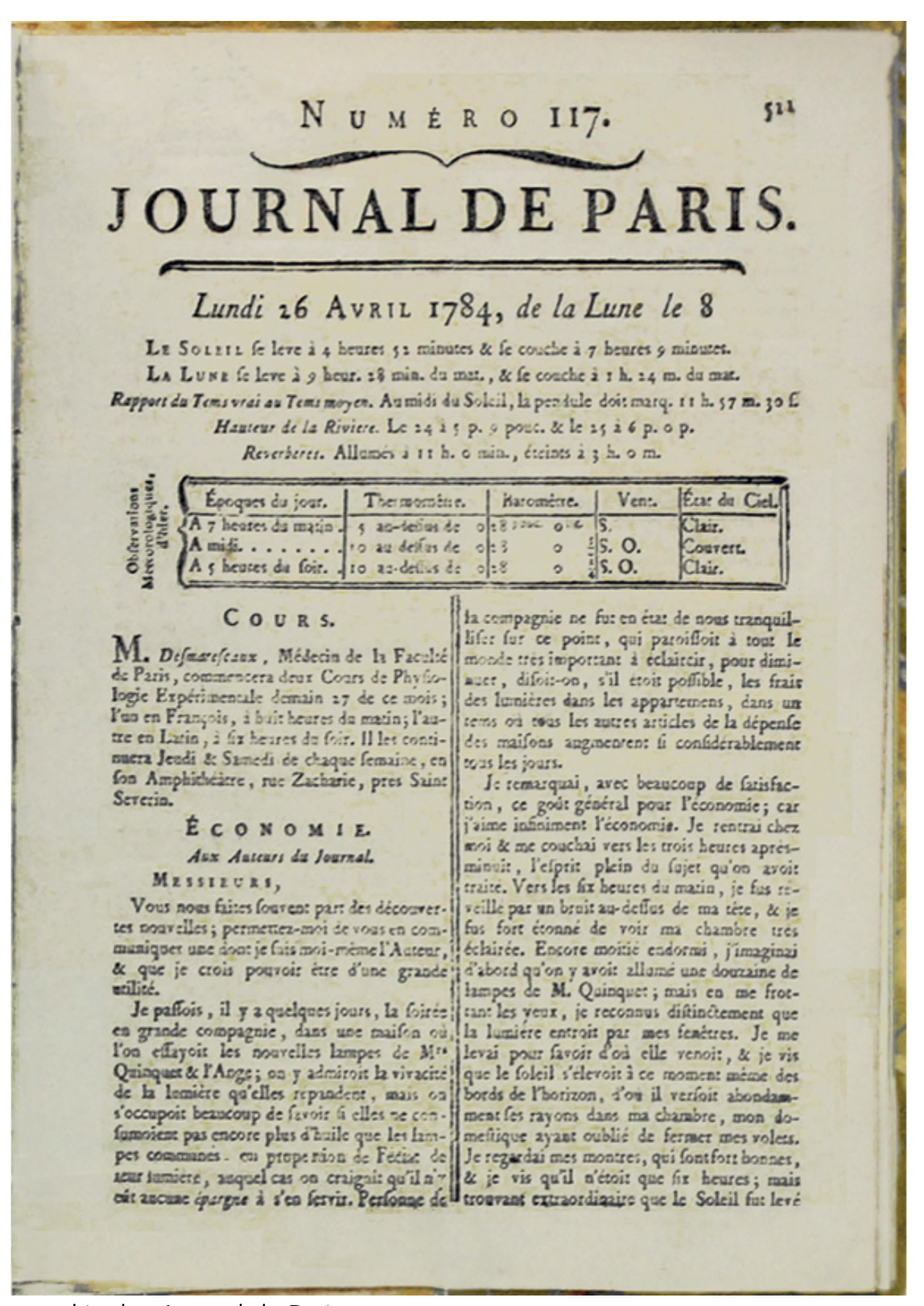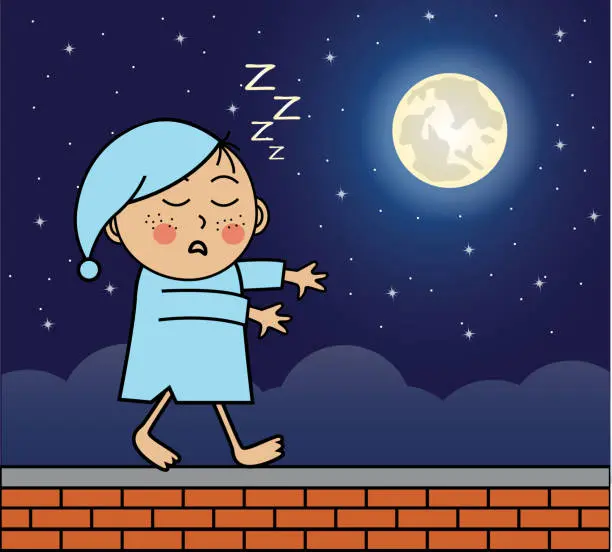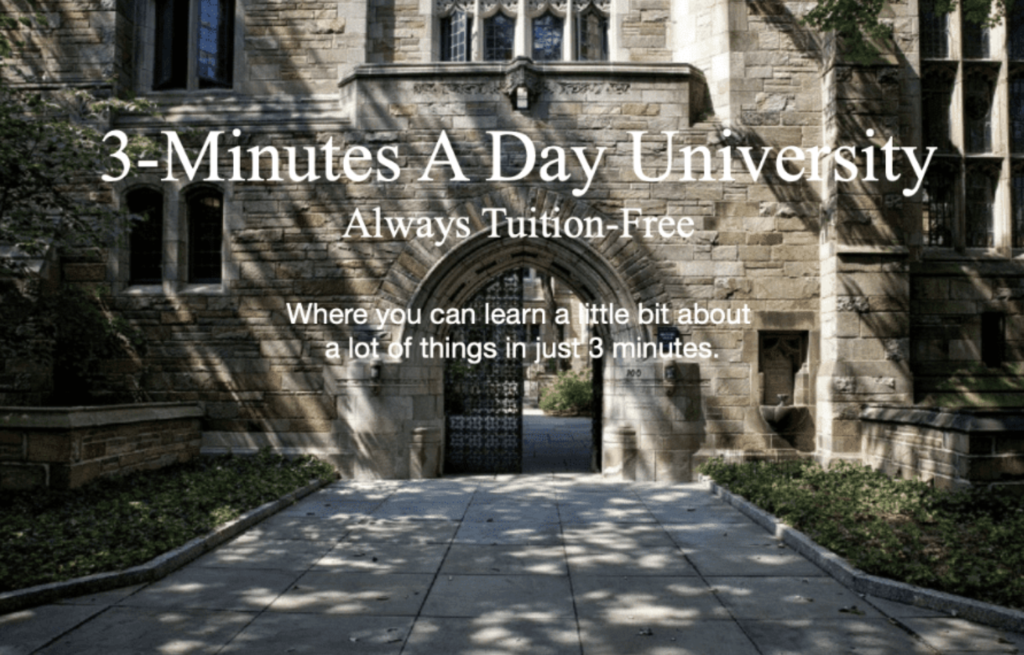It’s A Broken System, Can We Fix It?

Most folks have an opinion of Daylight Savings Time. They either like it, or they do not like it. The conversations are loudest when, in the Spring, we are directed to ‘spring ahead’ by advancing our clocks one hour further down the dial, or in Fall, when we are told to reverse the direction and ‘fall back’ to reclaim the missing hour. This post isn’t designed to add to the congestion of discourse on the matter but rather to clear the air and focus on the one thing we know to be true.
Let’s start with a bit of background. The concept of having the sun’s daily visit coincide within a framework that is comfortable and convenient for us is not new. The dawn of ‘saving’ daylight is often credited to Benjamin Franklin,  who suggested in a 1784 essay that the people of Paris could save candles by getting up earlier to use morning sunlight. However, the modern concept of DST was first proposed by George Vernon Hudson in 1895 and later by William Willett in 1907.
who suggested in a 1784 essay that the people of Paris could save candles by getting up earlier to use morning sunlight. However, the modern concept of DST was first proposed by George Vernon Hudson in 1895 and later by William Willett in 1907.

Adoption of the idea was first implemented during World War I by Germany and its allies to conserve fuel. Other countries followed suit. It was widely adopted again during World War II for similar reasons. In other words, it sure made war more convenient and saved energy. So we had that going for us.
In fact, the primary rationale for DST has always been to save energy. By extending daylight hours into the evening, people use less artificial lighting and electricity. Studies (and there have been thousands) have shown mixed results, but some indicate only a modest reduction in energy use.

Other theories use explanations such as Retail Sales: Longer daylight hours can encourage people to shop, dine out, and participate in outdoor activities after work, boosting the retail and service economy. Tourism: Extended daylight in the evening is also beneficial for tourism, as it allows more time for sightseeing and outdoor activities. Agriculture: Farmers can get an earlier start to their day.

Let’s not forget that some studies suggest that DST can reduce traffic accidents, as more travel occurs during daylight hours, or that longer daylight hours can help reduce crime rates, as many crimes are less likely to be committed in daylight.
Detractors of DST also have some points to make. They cite the following:

- Health Issues: The transition into and out of DST can disrupt sleep patterns, leading to potential health issues such as increased heart attacks and sleep disturbances.
- Questionable Energy Savings: Recent studies question the actual energy savings, particularly in modern societies where energy consumption patterns have changed.
- Inconvenience: The biannual clock changes are seen as inconvenient by many people and can cause confusion and scheduling issues.
So, where are we? And, are we stuck with it?
As mentioned earlier, DST was implemented during WW2. In the United States, we dropped the practice, but it made a comeback. The reason DST eventually became permanent? Because when it went away at the national level, state and local governments were free to decide the time for themselves. The result? Chaos. In the mid-1960s, one bus route traveling the 35 miles between Steubenville, Ohio, and Moundsville, West Virginia — went through seven different time zones. To stem the confusion, in 1966, Lyndon Johnson signed the bill making Daylight Savings national and we never looked back. Well, some of us.

DST is used in many countries but not universally. Some regions have opted out of DST altogether. For instance, most of Asia and Africa do not observe DST, while countries like Russia and Japan have discontinued its use. Some regions and countries are considering abolishing the practice, while others continue to support it. In many places, the time shift is very unpopular. Europe’s pending move away from the annual change stems from a survey that revealed roughly 80 percent of some 4.6 million respondents were against daylight saving time.
Daylight Saving Time was initially implemented to conserve energy and make better use of daylight during the longer days of summer. While it has various economic and safety benefits, it also faces criticism for its impact on health and questionable energy savings. The practice remains a topic of debate, with some regions advocating for its discontinuation.
One Thing Is Clear
The two sides in the DST controversy cannot agree – at least not here in America. It has been this way for generations and is, in fact, the law in most states. It is clear that the advantages are modest at best and that selecting one time-keeping method and staying with it would be the most favorable course of action. The topic lacks inertia one way or the other and, until it gains movement (through citizen demands?) DST time changes are here to stay.

Welcome to 3-Minutes A Day University, where you can learn a little about a lot of things every day in three minutes or less. We help you expand your knowledge and understanding of the real world, and 3-MAD University is tuition-free. Our wide-ranging syllabus includes a fascinating insight into topics including Health and Medicine, Science, Sports, Geography, History, Culinary Arts, Finance and the Economy, Music and Entertainment, and dozens more. You will impress yourself, your friends, and your family with how easy it is to learn facts and perspectives about the world around you. One topic you will never find covered is politics. We hope you enjoyed the previous three minutes. If you liked this post, please pass it along to a friend.
Was this email forwarded to you? Subscribe Here.
© Copyright 2024. 3-Minutes A Day University All Rights Reserved. Unsubscribe

